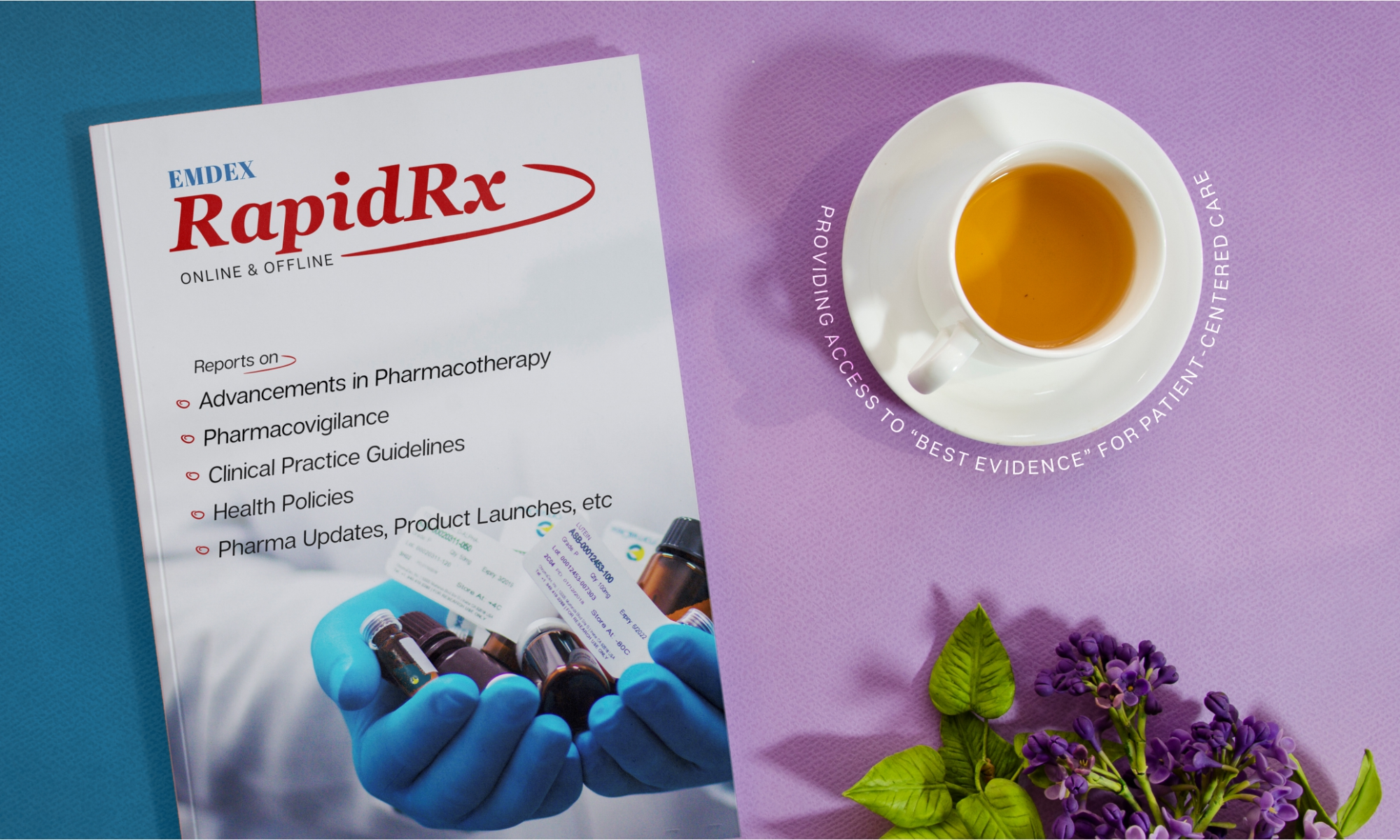Antidepressants, especially selective serotonin reuptake inhibitors (SSRIs), can significantly disrupt sleep architecture in elderly patients and may contribute to early signs of neurodegeneration that can progress to dementia, new research shows.
“We take into account other side effects of antidepressants, including weight gain and sexual side effects, but we are less concerned about sleep, especially when we use the SSRIs,” Muhammad Tahir, MD, psychiatry resident, SUNY Upstate Medical University, Syracuse, New York, told Medscape Medical News.
“But the SSRIs increase sleep latency in the elderly and decrease REM [rapid eye movement] sleep duration and are also associated with REM sleep behavioral disorders, including nightmares,” he added.
“So our literature review suggests that we should be careful about using SSRIs in the elderly population and not underestimate the effectiveness of psychotherapy and other holistic care approaches for the elderly,” Dr Tahir said.
The study was presented here at the Institute of Psychiatric Services (IPS): The Mental Health Services 2016 Conference.
The literature review included 10 studies published within the past 5 years. The studies included systemic reviews, retrospective studies, and prospective studies, and patients had to be at least 50 years of age and receiving an antidepressant, largely an SSRI, for the treatment of depression.
Analyses revealed that not only did the SSRIs in particular change sleep architecture in older patients, they also appeared to increase the risk for REM behavioral disorders.
REM sleep behavioral disorders are characterized by normal brain activity, but the body is agitated and is not sleeping. This may be an early sign of neurodegeneration, said Dr Tahir.
Changes in the sleep architecture brought on by antidepressant therapy may result in agitation, Dr Tahir noted, which may prompt further treatment with further side effects.
Unfortunately, there is little evidence to support the use of any treatment other than the SSRIs for depression in the elderly.
Both the tricyclic antidepressants and the monoamine oxidase inhibitors are associated with too many side effects, especially in the elderly, and are generally not used in older patients.
Benzodiazepines in turn are associated with an increased risk for falls and again are inappropriate for use in the elderly.
Dr Tahir suggested that psychiatrists screen their elderly patients for any signs and symptoms of neurodegenerative disorders and, if an SSRI is prescribed, ask detailed questions about sleep quality on all follow-up visits.
SSRI Dosing Important
Commenting on the findings for Medscape Medical News, Peter Yellowlees, MD, professor of psychiatry, University of California, Davis, said the analysis, though interesting, does not include information on the doses of the SSRIs used in the studies that were included for review.
“In the elderly, these doses should be a maximum of half of the usual dose prescribed for younger patients,” Dr Yellowlees observed.
As for the possible association between SSRI use and neurodegenerative disease, Dr Yellowlees also noted that SSRIs are not necessarily causative.
“Rather, it may simply be that in the early stages of these diseases, depression and agitation are more common, and hence antidepressants are more commonly prescribed,” he noted.
In fact, the same association has been reported between the benzodiazepines and neurodegenerative disease that has been reported in the new study with respect to SSRIs, Dr Yellowlees pointed out.
“The jury is definitely out on the connection between degenerative disorders and medications, but in my view, there is not a lot of evidence to suggest that there is a causative link, although there does seem to be an association,” Dr Yellowlees suggested.
“The key issue here is that depression in the elderly is common and can be debilitating and is very treatable with both medications in lower doses than usually prescribed in younger patients along with behavioral interventions.”
